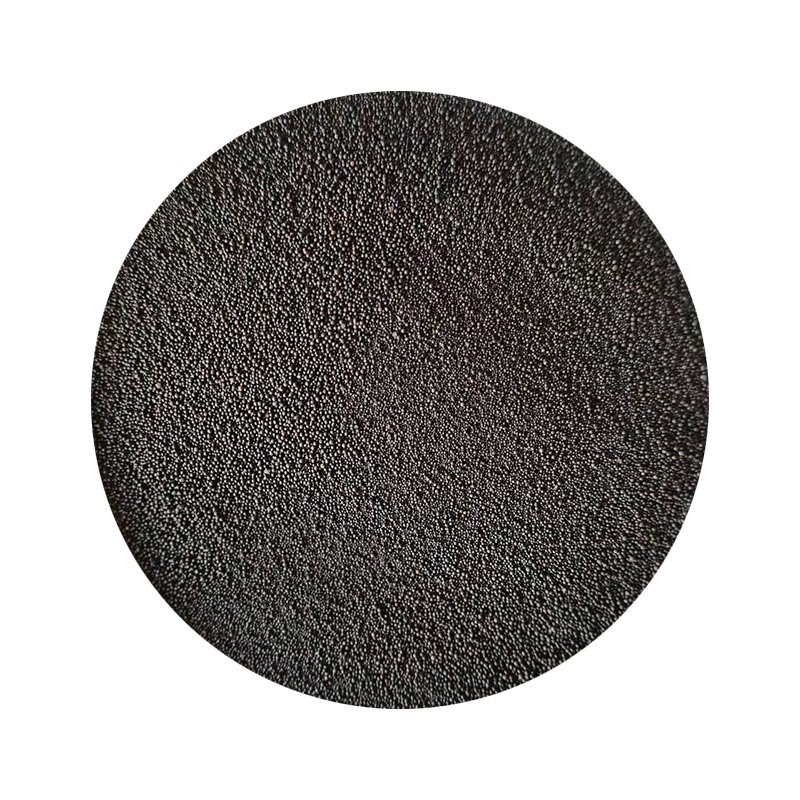Sanding 3D Prints The Key to a Polished Finish
3D printing has revolutionized the manufacturing industry, enabling the creation of complex structures in a fraction of the time it would typically take using traditional methods. However, one of the challenges that many users face is achieving a smooth finish on their printed parts. This is where sanding comes in, serving as a critical step in the post-processing of 3D prints.
Sanding is the process of abrading a surface to remove imperfections, smooth out rough areas, and prepare the object for painting or other finishing techniques. While 3D printers can produce parts with intricate designs and high levels of detail, the layer-by-layer construction process often leaves visible lines and an uneven surface texture. Sanding helps to mitigate these issues, providing a more aesthetically pleasing finish while enhancing the functional properties of the printed object.
Sanding 3D Prints The Key to a Polished Finish
Before sanding, it’s essential to ensure that the print has cooled down completely. In some cases, a quick wash with soap and water can be beneficial to remove any residual printing materials or oils from handling. For prints made from certain materials, like PLA, it’s recommended to use a gentle approach since aggressive sanding can lead to deformation or damage.
sanding 3d print

When sanding, it's crucial to keep in mind the direction of the layers in the print. Sanding in the same direction as the layers can help to blend the surface better, while sanding against the layers can create scratches that may be difficult to remove later. Moreover, applying even pressure while sanding is fundamental to avoid creating additional dips or unevenness on the surface.
Another tip is to consider using wet sanding, which involves the use of water to keep the sandpaper lubricated. This technique helps to reduce dust and can prevent the sandpaper from clogging up, allowing for a more efficient sanding process. Wet sanding is particularly effective for plastics and can yield a smooth, glossy finish that is often desirable in final products.
After sanding, many users choose to apply a finishing coat, such as paint or a clear sealant, which can further enhance the appearance of the print and protect it from environmental factors. The smoothness achieved through sanding can significantly improve the adhesion of these coatings, resulting in a superior final product.
In conclusion, sanding is an essential step in the post-processing of 3D prints, transforming rough, layered surfaces into smooth, professional-looking items. While it requires some time and effort, the results can be incredibly rewarding, leading to better aesthetics and improved functionality of the 3D printed objects. Whether you are a hobbyist creating models or a professional producing functional prototypes, mastering the art of sanding will elevate your 3D printing game, allowing you to achieve that flawless finish you desire.
Post time:Жел . 13, 2024 20:29
Next:Can I Smooth My Resin Surface by Sanding It Correctly and Effectively
